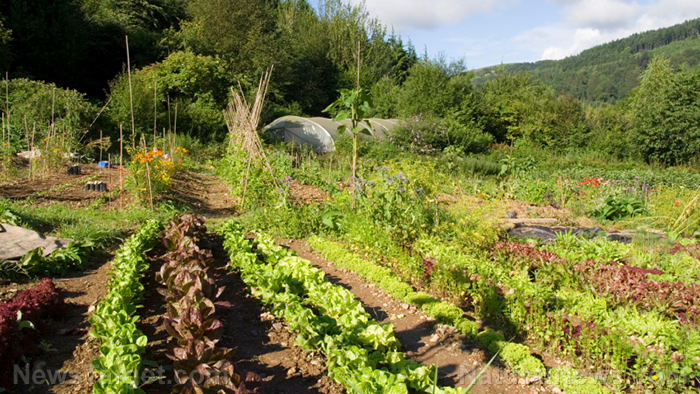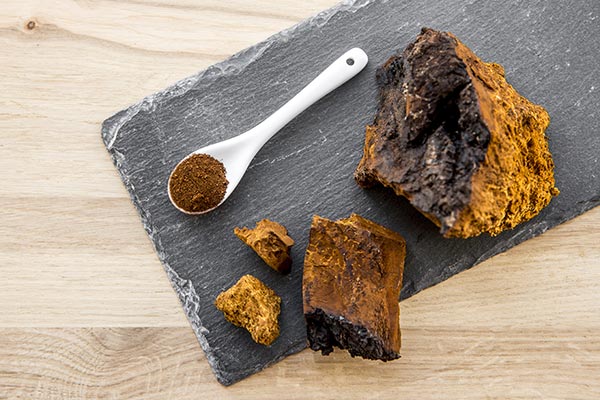
Growing your own vegetables can be overwhelming at times, especially for newbie gardeners. Plenty of factors could affect the quality of your crop yields, including the weather and soil quality.
To maximize the quality of your crop yield, gardeners should do their research on the vegetables they plan on planting. Here are a few vegetables to consider growing, as well as tips on what they need and how to maintain them.
A simple guide on growing vegetables
The list below includes five vegetables you can grow in your own garden. It also includes five factors to consider when planting them:
- Soil — Which type of soil does the plant prefer?
- Weather — What is the plant’s preferred climate or temperature?
- Seeds — Should you plant seeds/seedlings? How do you grow them?
- Harvesting — How do you maximize your crop yield? When should you harvest your plant?
- Planting — How do you plant the seeds/seedlings in their permanent spot?
Whether you’re a newbie gardener or a seasoned veteran, you should look at these factors when choosing plants for your garden.
Asparagus
Asparagus is a perennial vegetable rich in B-vitamins, vitamin C, calcium and iron.
- Soil: Asparagus needs loose, compost-rich soil. Do not let water stand, or the roots might rot. Consider putting them on a raised garden bed. Make sure it is fertilized because asparagus is a heavy feeder. Some options you can add include manure, compost, mulch or compost tea.
- Weather: Asparagus likes warm weather and prefers to be in the sun. It’s better to plant and harvest during the warmer seasons and let them rest during the winter.
- Seeds: It is best to transplant one-year-old asparagus. Seeds need a lot of depth to grow; they are first planted in cups. On the other hand, two-year-old seedlings are more likely to suffer from transplant shock. Transplant shock happens when the plant does not adapt to the soil properly, resulting in the plant to wilt or die.
- Planting: Plant the one-year-old asparagus in an area about four feet wide and remove all the weeds and roots. For crowns, dig a trench that is 12 inches deep in your four-feet area. Add two inches of soil around the crowns. As the crowns grow, keep adding two inches until the soil levels the trench.
- Harvesting: Do not harvest the asparagus for two years after planting. Let it sit and grow ferns; this ensures a better harvest next year.
Basil
Basil is a versatile vegetable used in many culinary creations. It is also one of the easiest plants to grow yourself.
- Soil: Basil needs compost-rich soil. Add a one- to two-inch layer of mulch around your basil plants.
- Weather: Basil likes warm weather and sunlight. When the weather is not too hot, it can stay in the sun for six to eight hours.
- Seeds: For your seeds, you can plant them first in a small container and spray it with water. Cover it with a dome to keep moisture in. After three to five days, you will see sprouts growing.
- Planting: It is easier to plant the basil seedlings in a pot so that you can keep your eye on it. Make sure that the pot is at least 12 inches in diameter and eight inches in depth. Basil hates waterlogged roots, so ensure that the pots have proper drainage. Water them every other day, or every day in hot weather.
- Harvesting: The key to a bushy basil plant is pruning. When your basil plant is six inches tall, cut off the top leaf of the main steam. This will cause two more branches to grow in its place. Keep doing this process in order to produce more leaves for harvest.
Borage
Borage provides leaves that you can use for tea, as well as blue flowers to decorate your salad. Every part of it is edible, aside from the roots.
- Soil: Borage needs a soil that is well-tilled with just enough organic matter in the neutral pH range (6.5 to 7.0 pH). It also needs to be well-drained.
- Weather: Borage likes warm weather, and they usually bloom around June and July. They prefer to bask in the sun and can tolerate light shade.
- Seeds: You can directly plant the seeds in the garden after the last date of frost. You can buy the seeds in your local gardening stores or plant nurseries.
- Planting: Plant the seeds in rows 12 inches apart. The seeds should be ¼ to ½ inches under the soil. When they are four to six inches tall, thin the borage seedlings. Thinning is the process of removing seedlings that are growing too close together; it helps ensure that the seedlings which are left will have enough space to grow properly.
- Harvesting: If you want a steady supply of borage plants, you can opt to plant them every four weeks. They are best eaten fresh. You can prune it to have bushier leaves, but it might affect the number of flowers grown. If you want to attract pollinators, you can leave the flowers.
Broccoli
You can grow your broccoli to use a wide array of dishes. It is also rich in vitamins K and C.
- Soil: Broccoli loves compost-rich soil. Make sure to add manure and mulch to the garden bed before planting. During the growing season, consider adding organic fertilizer to enrich the soil. Broccoli also prefers a neutral pH (6.5 to 7.5 pH).
- Weather: Broccoli strives in cool weather (not cold weather). If the weather is too hot, it might cause broccoli to grow flowers instead of heads to harvest.
- Seeds: When choosing your broccoli variety, it is recommended that you grow local varieties. It has better chances of adapting to the local weather conditions and is more likely to survive. Plant the seeds first in a pot until they are three inches tall.
- Planting: Plant the seedlings four to six weeks before the spring’s last frost. Transplant the seedlings one inch deeper than they did in the pots. Plant them in wide rows with a 12-inch gap between each row. Make sure that they get enough mulch and water. If it does not rain much in your area, you can water them until it reaches one to 1.5 inches per week.
- Harvesting: The best time to harvest broccoli is when the heads are firm and tight. This is the period when the flowers are just about to grow.
Chamomile
Chamomile has a lot of varieties, but the one used to make tea is German chamomile. Make sure to check this first when getting your seeds or seedlings.
- Soil: German chamomile prefers a slightly acidic to neutral pH (5.6 to 7.5 pH). It grows best in soil that is not too rich in compost or other organic fertilizers. In fact, too much of these can result in fewer flowers and a weaker flavor in tea.
- Weather: German chamomile can grow under the full sun or partial shade. However, if you live in an area with a hot climate, partial shade may be best for your chamomile plants.
- Seeds: Plant your chamomile seeds indoor first. Do this about six weeks before the last expected frost. They need light to grow, so sow the seeds on top of the soil and press them down. Do not cover them with soil. They will germinate in one to two weeks.
- Planting: Chamomile plants need space for their roots. You can opt for a bigger container to grow them indoors or plant them outside. If you decide to grow them in a pot, these plants need proper drainage. If you decide to plant them outside, however, make sure to harden them first. Hardening is the process of placing your indoor plants outside in increasing lengths of time, in order to make them stronger. Once you are done hardening them, allot eight to ten inches between each plant, and nine to 12 inches between each row. Water them regularly and remove weeds.
- Harvesting: German chamomile is ready to harvest around 90 to 120 days after planting. The petals go flat or look like they are drooping backward. Pick a sunny day when the dew has dried and snip off the flowers. Dry them afterward for storage. You can lay them under the sun for one to two weeks. If you want to do this faster, you can bake them in an oven (150 to 170 F). Just make sure to watch them carefully, so they don’t become too burnt.
While it’s normal for beginners to make mistakes here and there, having a little more gardening knowledge wouldn’t hurt at all. Ask around, scour the internet, or better yet, try it yourself!
Sources:




























